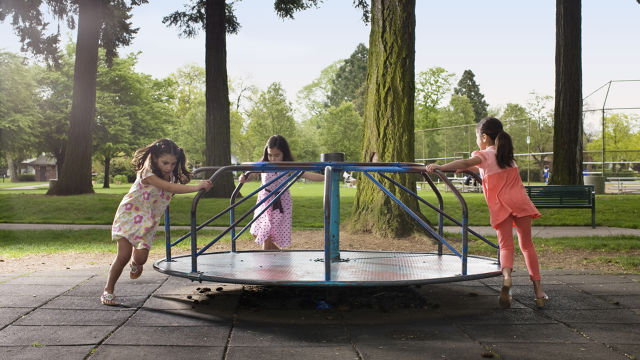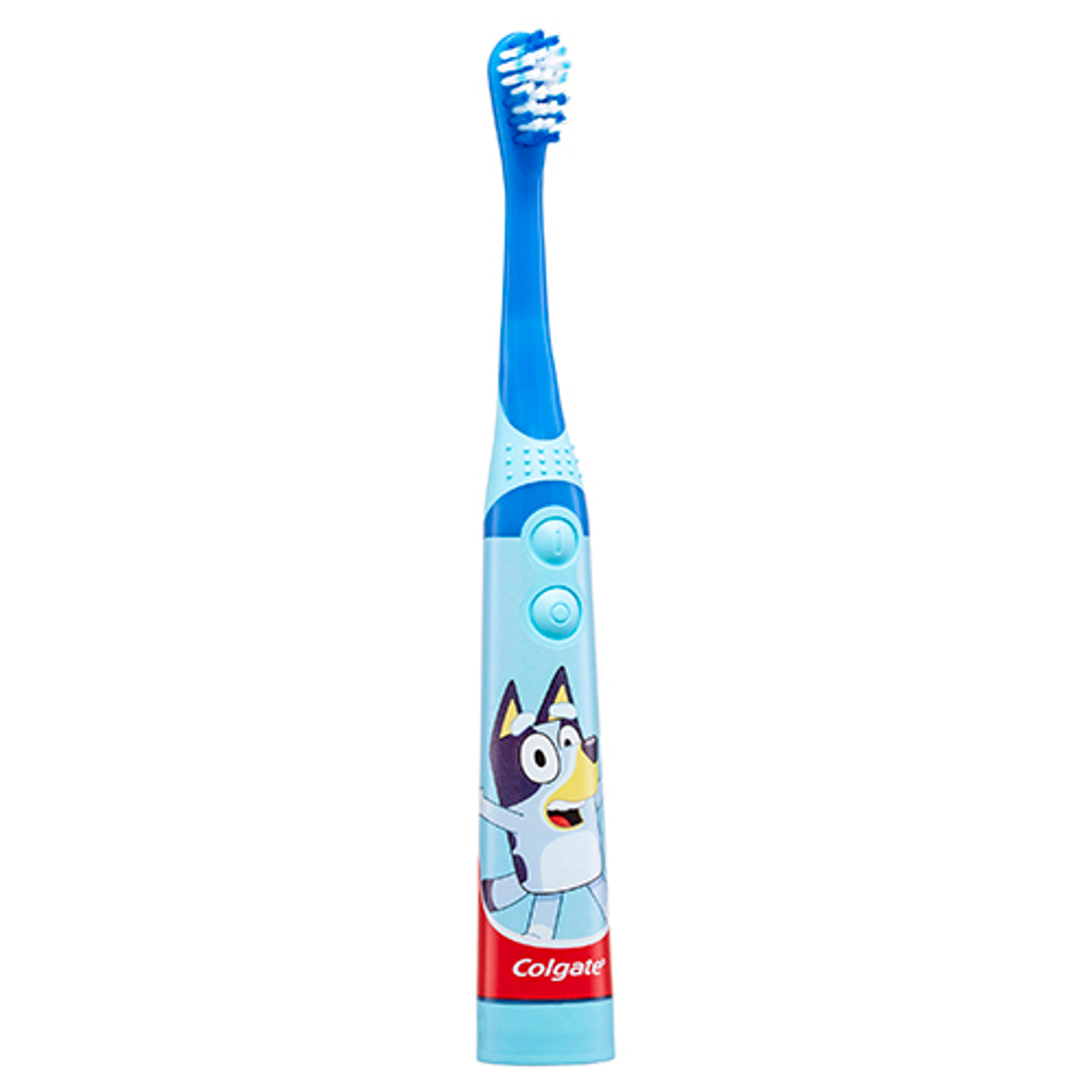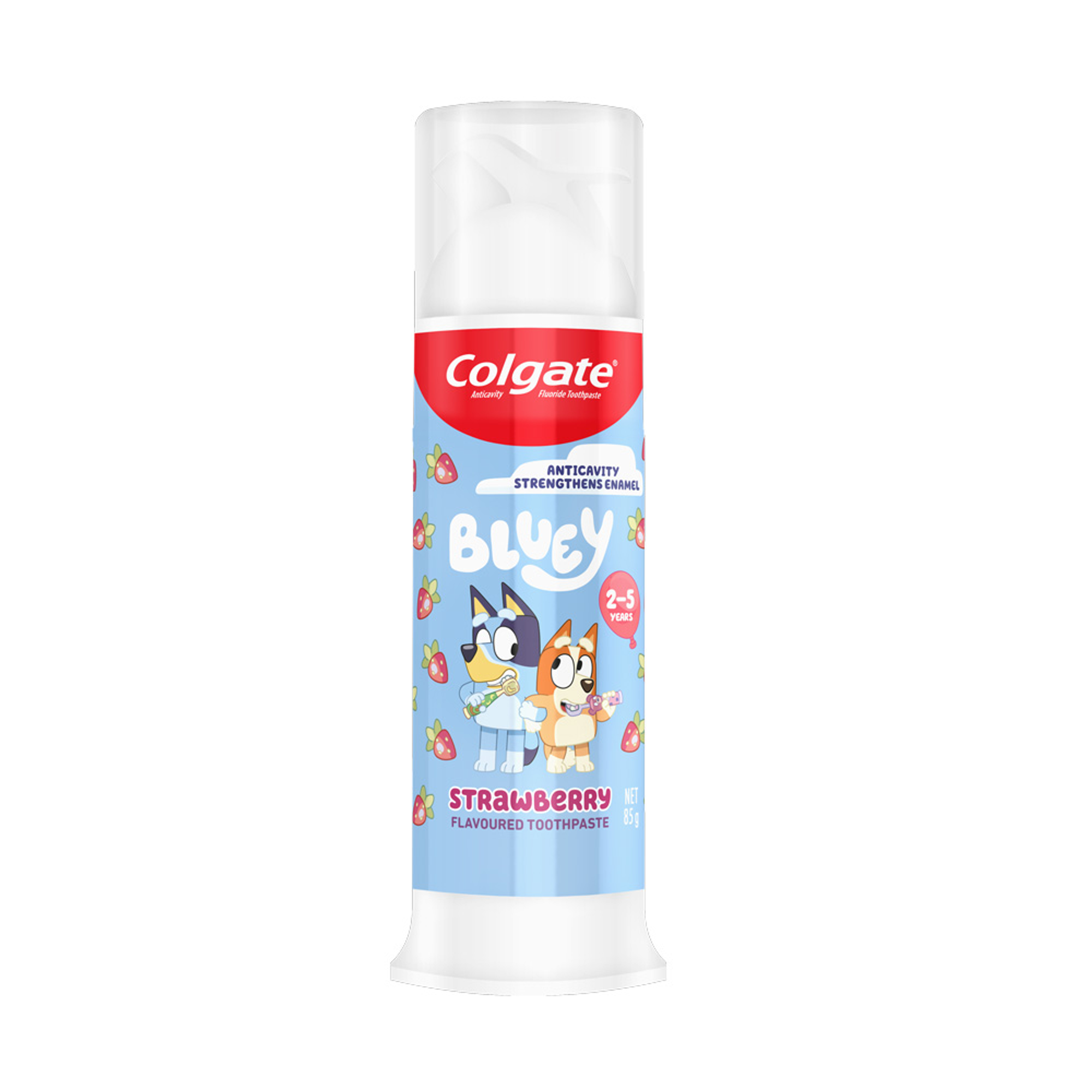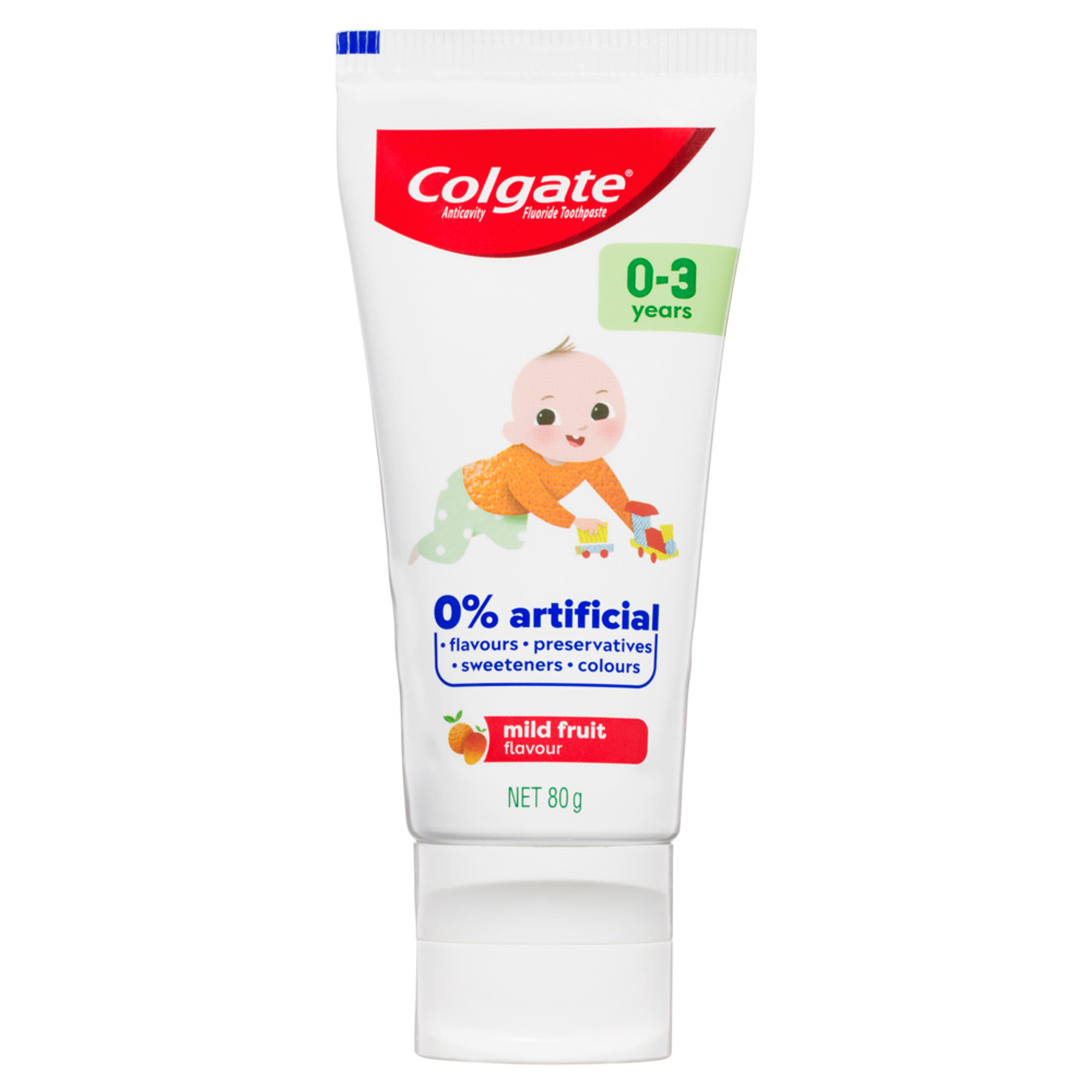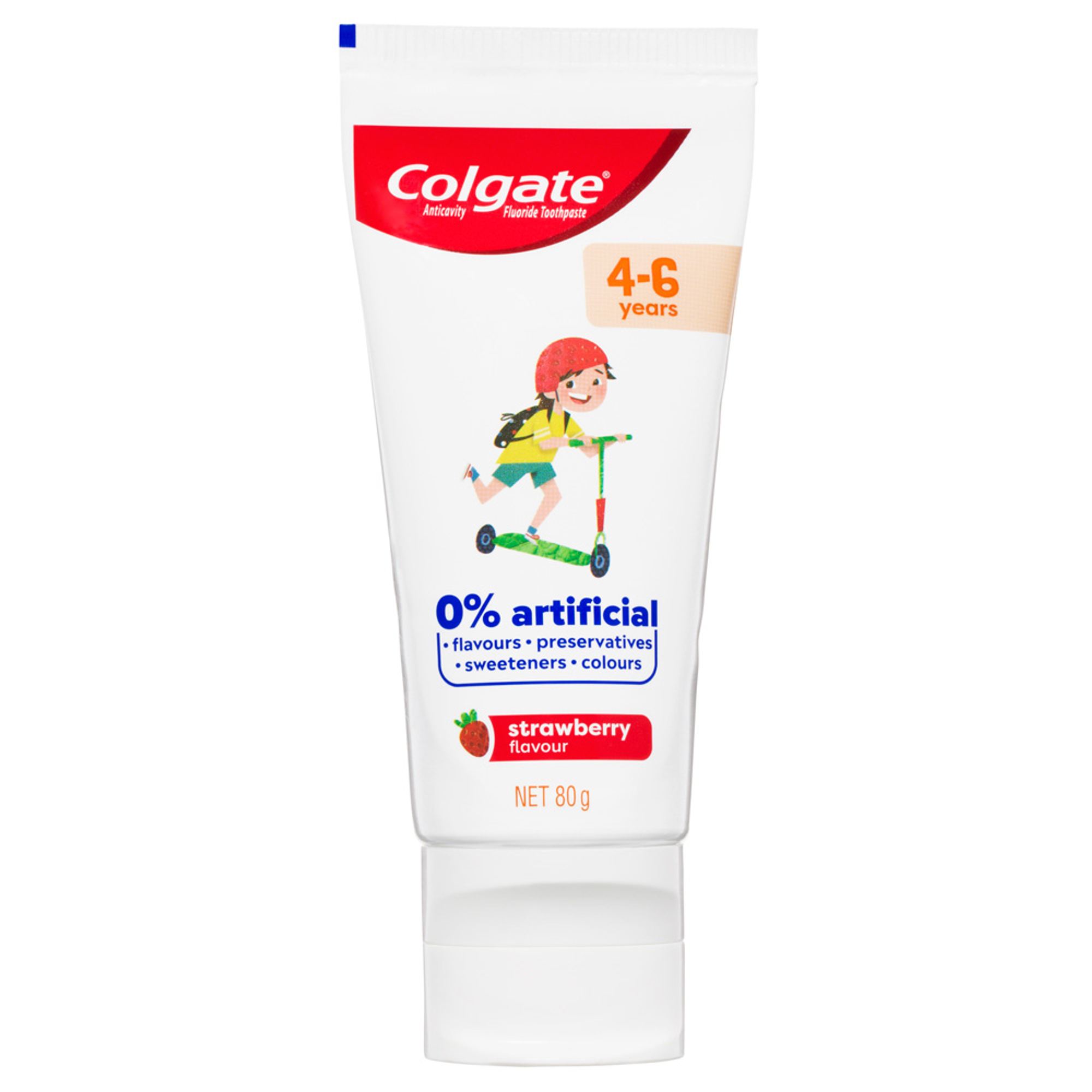-
-

BRUSHING & FLOSSING
How to BrushWhat Is the Right Way to Brush?
Proper brushing takes at least two minutes — that's right, 120 seconds!...

BRUSHING & FLOSSING
How To FlossWhat is the Right Way to Floss?
Proper flossing removes plaque and food particles in places where a toothbrush cannot easily reach... -
Science & Innovation
- Colgate® | Toothpaste, Toothbrushes & Oral Care Resources
- Oral Health
- What Is Thrush in Toddlers and Babies?
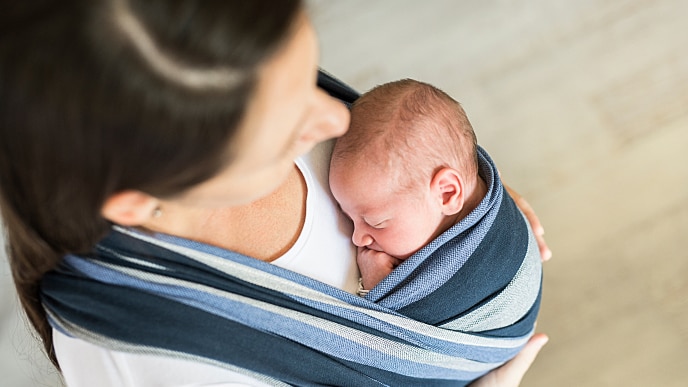

Thrush (candidiasis) is caused by an overgrowth of yeast and can be a common concern for new parents. Whether your baby is bottle-fed or breastfed, your infant’s tongue can appear white afterwards, making it confusing to know whether it’s milk or thrush. Find out what to look for, how to prevent thrush and the best ways to treat it.
What Is Thrush in Babies?
Candidiasis (thrush) is a fungal infection caused by an overproduction of yeast, according to Health Direct. When this infection is in the mouth, it is known commonly as oral thrush. Rest assured, thrush is a common condition in a baby’s first year and usually isn’t anything to worry about, says Raising Children Network.
The yeast that causes thrush lives in our body all the time, in balance with other organisms. Sometimes this balance is upset, causing the yeast to multiply. For example, antibiotic use may be a cause of thrush for your baby, as antibiotics destroy normal bacteria, which affects the balance of microorganisms.
Symptoms of Thrush vs. Milk on Tongue
Oral thrush can occur anywhere in the mouth, on the tongue, palate, cheek or lips. If your baby has thrush you will see white spots or patches in these areas that can’t be wiped away and often leave a red patch if you try to remove them. Make an appointment with your doctor or dental professional if you see these signs.
Is Thrush Painful?
Understandably, it’s likely you’ll be concerned about whether your baby is in pain and how fast you can treat the condition. If your baby is avoiding or having trouble feeding, it might be because the thrush has become quite red and angry, irritating their mouth. However, in most cases, there’s no irritation, and the baby is unaware of their infection. Usually, thrush is not serious and often resolves with no treatment after a few days.
Preventing Thrush in Breastfeeding
Thrush can be transferred and passed from mother to child via breastfeeding, and cracked or dry nipples can be a symptom. Get in the habit of cleaning and drying the area after each feeding with a cotton ball or cloth, and seek your doctor’s advice on balms and ointments that are safe to use while breastfeeding.
Making dietary changes can also be helpful. Speak to your doctor regarding the right foods and supplements to help prevent thrush. Also, make sure you thoroughly clean and sterilise bottles, breast pump equipment, clothes and nursing bras regularly.
Treatment
If you suspect your baby has thrush, schedule an appointment with your doctor. Your doctor can diagnose the condition and if required, suggest ways of treating it.
One of the easiest ways to avoid thrush – and give your child the best start in life – is to focus on good oral hygiene from the beginning. To clean your baby’s mouth, lay your little one on your lap or bed, then wipe their gums with a soft, clean cloth or gauze at least twice a day. You can begin gently brushing as soon as your baby’s first tooth erupts.
This article is intended to promote understanding of and knowledge about general oral health topics. It is not intended to be a substitute for professional advice, diagnosis or treatment. Always seek the advice of your dentist or other qualified healthcare provider with any questions you may have regarding a medical condition or treatment.
Related Products

Helping dental professionals
More professionals across the world trust Colgate. Find resources, products, and information to give your patients a healthier future






